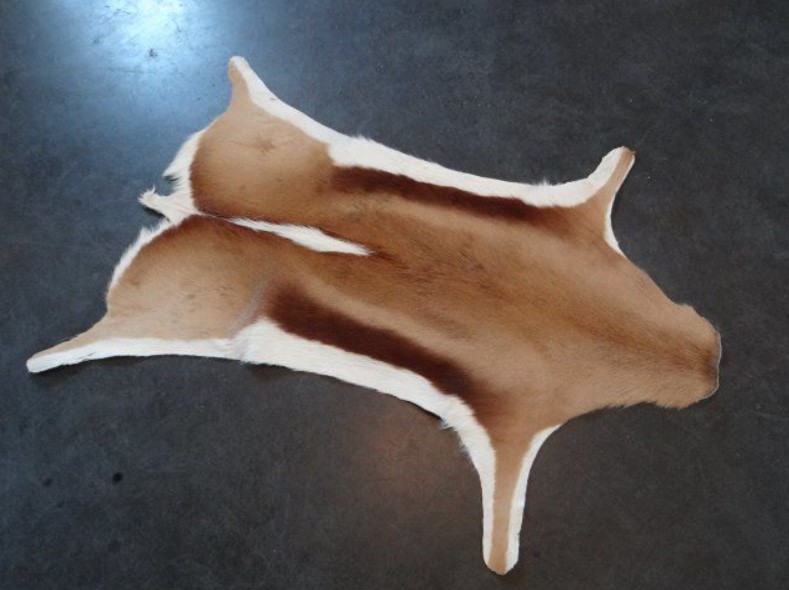
People have been using animal skins as a means of decorating their homes for thousands of years. And until fairly recently, the common use of animal skins was linked to particular seasons and times of year. For example, people would only decorate their homes with sheepskins at Christmas time; the same was true for the use of goat skins or fox pelts at other times of year. And while this remains largely true, there is one notable exception: The use of springbok skins in home decor has remained popular throughout the year.
In fact, if you visit any interior design shop today, you’ll find that springbok skins are still very much in demand when it comes to making all manner of home accessories. But why are these skins so popular? Let’s take a look at the history of springbok hides in home décor.
The History of Springbok Hides in Décor
As we’ve seen, people have been decorating their homes with animal hides for thousands of years. And they often used the hides of animals that were particularly abundant in their area. So, it makes sense that, in regions where the springbok was particularly common, they would use its skin to make decorative items. The fact that springbok skins make excellent decorative items means that they were widely used by traditional African craftsmen for millennia.
Many African tribes would decorate their shields and staffs with springbok skins. The uses for springbok skins in home decoration became particularly widespread, however, in the 19th century. This was when both the British and Boer settlers arrived in South Africa and discovered the local springbok herds.
Where Did the Tradition of Using Springbok Hides in Home Decor Originate?
As we’ve seen, people have been decorating their homes with springbok skins for decades wherever the springbok was found, as tribes would use its skins for decorative purposes. In areas where the springbok was abundant, such as Africa, there would be a high demand for its skins. Initially, it’s likely that the use of springbok skins for decorative purposes was pretty much purely functional. People needed the skins, so they took them from the springbok herds.
They continued to be used as decorations in African homes until the end of the 19th century. But then something happened; something that would lead to the skin becoming a national symbol of South Africa.
This “something” was the Boer War, which started in October 1899. During the war, the British Army adopted a device called the Draad-net (“barbed wire” in English). It was a type of strong, barbed wire that British soldiers would use to fence off areas of land to protect their positions. The Boers, on the other hand, had no such device. So in order to protect themselves against British attacks, they looked to the only thing that could protect them as effectively as the barbed wire did for the British – the springbok skin.
Over time, they have continued to represent South Africa, and their usage as home décor items has increased worldwide. Their spectacular warm colouring in shades of caramel, toffee, chocolate and cream allow a certain versatility, as these skins can elevate the look of any room, at any time of year.
Interesting Facts About Springbok Hides
As we’ve seen, springbok skins are particularly hardy and long-lasting. This is because the hides are naturally resistant to both rotting and insects. It is because of this that the springbok hide has been used in everything from handbags to suitcases and to making sturdy winter coats. They are particularly durable, and so require minimal maintenance, simply vacuum or shake your Hide Rugs springbok hide outside to keep their premium quality.
In fact, springbok skins are so durable and hard-wearing that they are still used in the making of some of the world’s most luxurious rugs. Having said that, the real value of springbok skins lies in the fact that they are both beautiful and unique. Every springbok skin is different; each one is subtly different from the next. This means that no two springbok skins look the same, making each one special and unique.
Conclusion
People have been decorating their homes with springbok skins for centuries, with a rich cultural history that makes their usage uniquely special. From African craftsmen to the Boers, and through to modern day interior design, springbok skins are an incredibly beautiful part of South African history.
